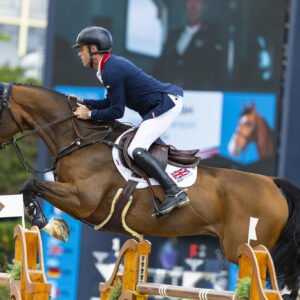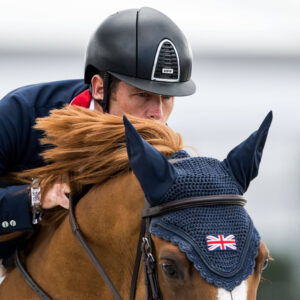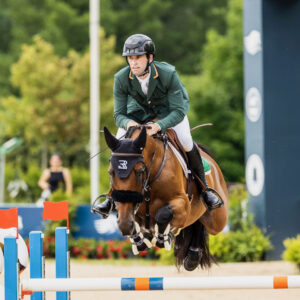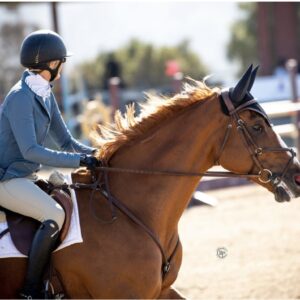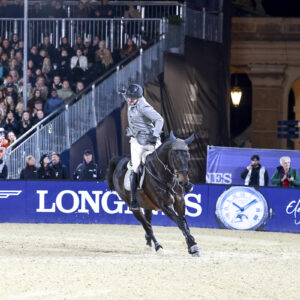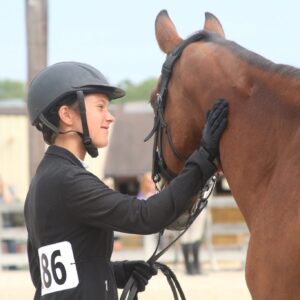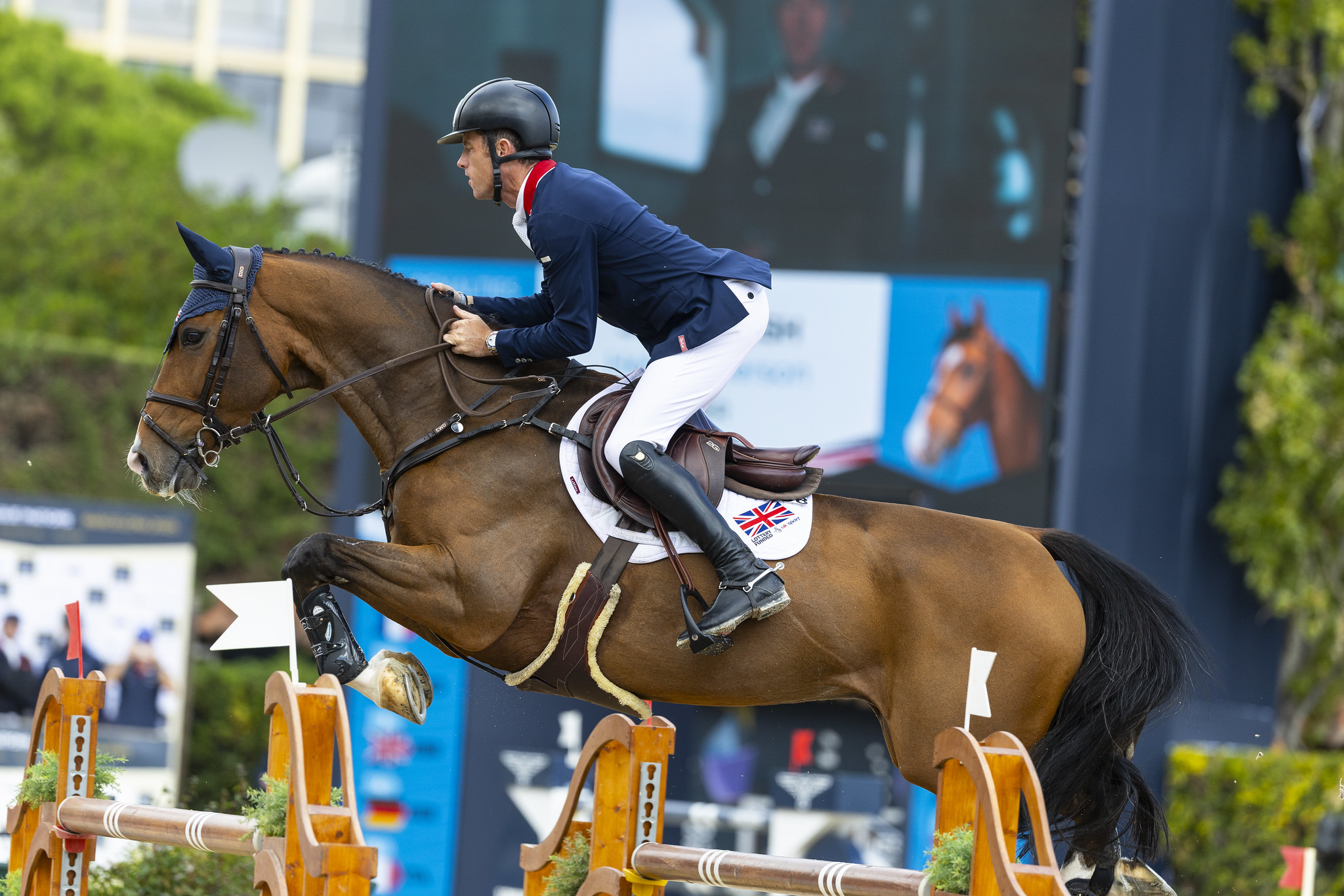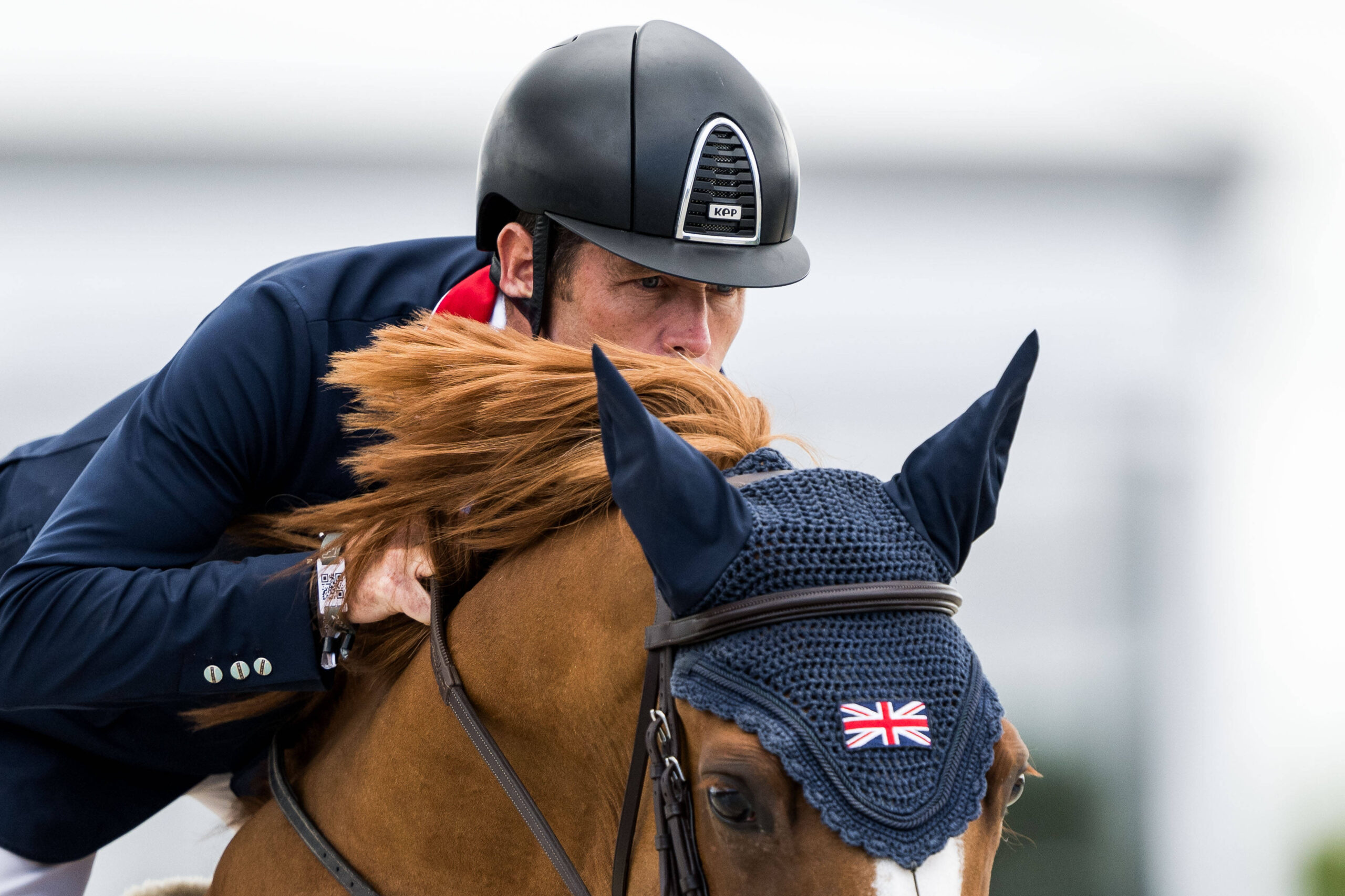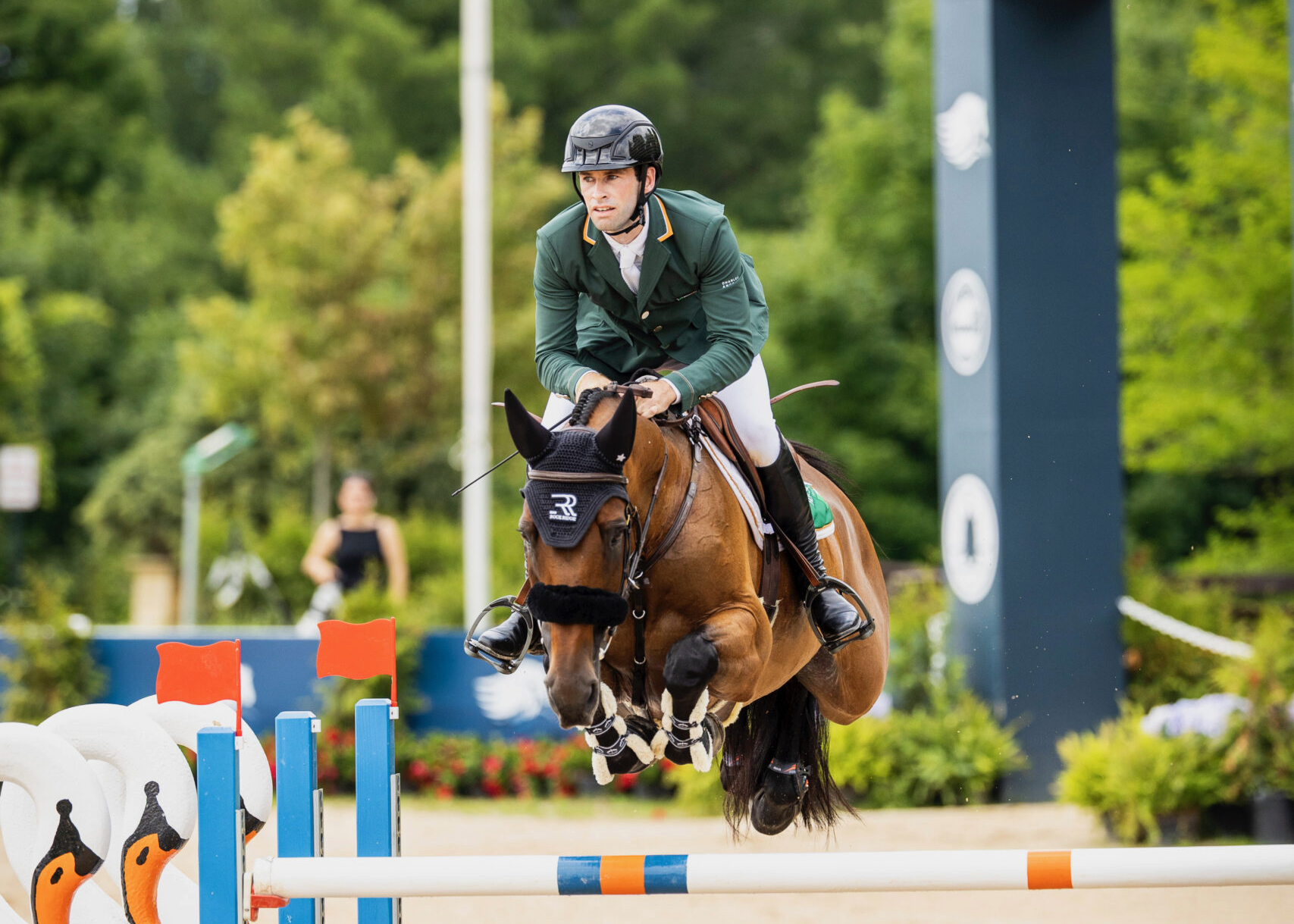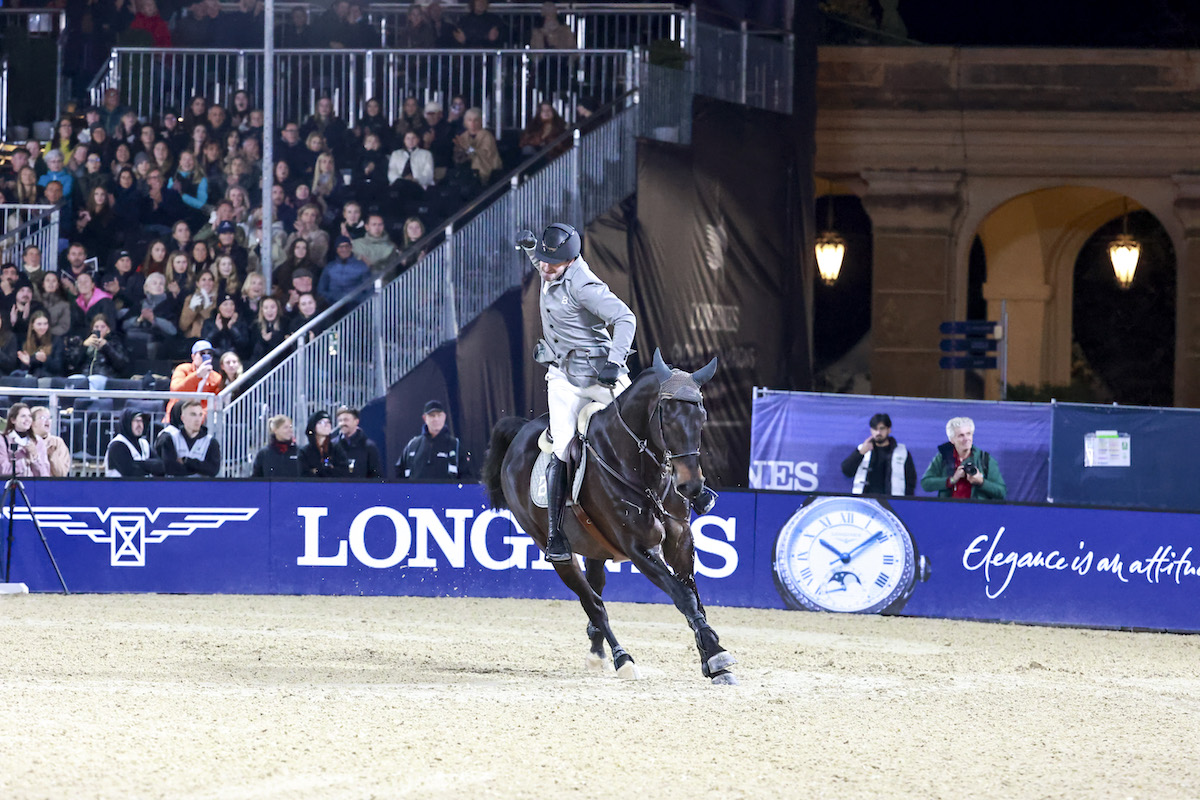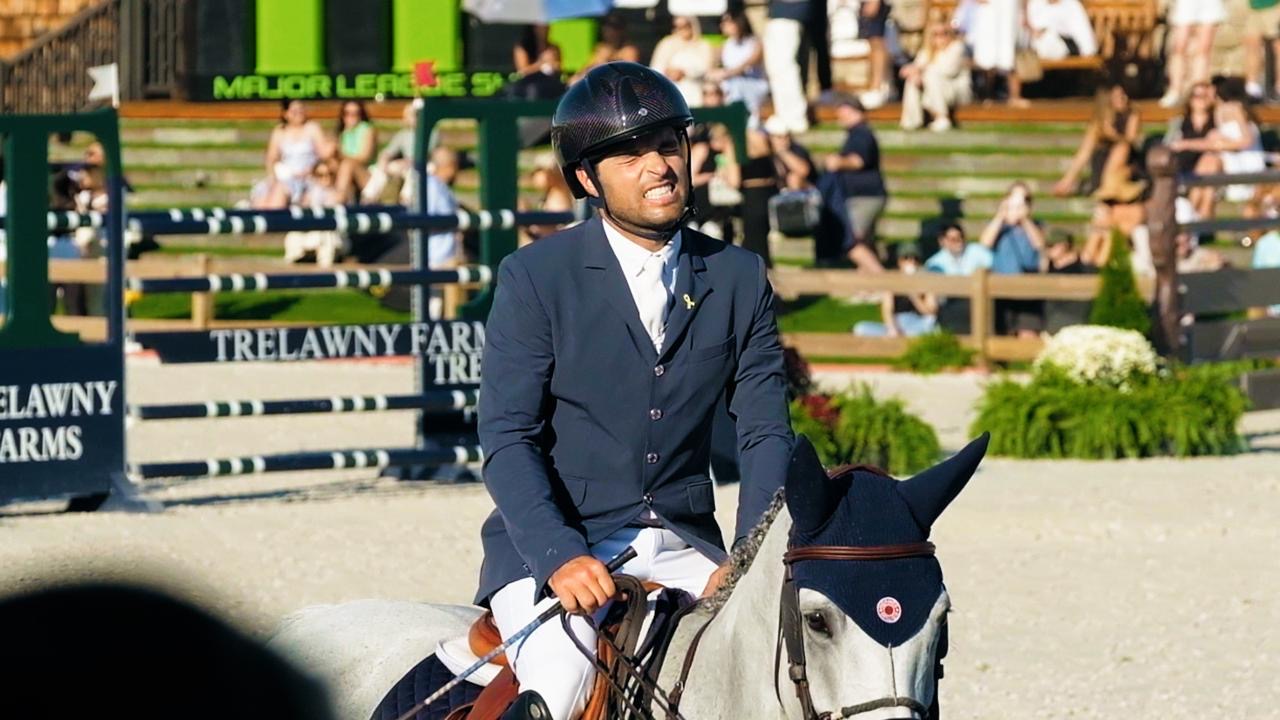From our earliest interactions with horses, from our very first riding lessons, we learn about equine reactivity, about prey mentality, and we’re warned of the likelihood of the “spook.” So ingrained is this belief with the industry you’d be hard-pressed to find a rider, trainer, or breeder who argues otherwise.
However, in their book “Equus Lost?“ two animal behavior researchers claim this widely held belief is not, in fact, true.
“The message we hear is constant and insistent,” write Francesco De Giorgio and José De Giorgio-Schoorl. “‘Why does a horse spook? He spooks because it is the most natural thing for him to do.’ But it is not.”
Wondering how this could possibly be true? Read on as they describe how we as horse people need to be willing to change.
•••
The famous horses painted in the Chauvet Cave in France that have been dated from 32,000 to 35,000 years ago seem to be very different from the images of horses we see everywhere today. The horses are emphatically synchronized and clearly represent a social group. Nowadays, however, in sculptures, paintings, and shows, we see a tense horse, in social isolation, which clearly reflects how we have lost the ability recognize his inner state, and even see beauty in the horse’s distress.
How did our views of the horse get so entwined with our image of the horse as a tense animal? What happened in his coexistence with humans to generate this altered, reductive, and erroneous image? And what are we doing? Why are we still training and insisting on using past traditions instead of creating room for new understanding and coexistence?

Of course, such a change isn’t easy. It means understanding the horse’s needs, from a well-being point of view, as well as understanding his social dynamics without conditioning his behavior. Most of all, it requires different norms and values for a higher quality of life, where friendship, self-awareness, confidence, expression, and development of his intrinsic value are fundamental key elements.
Changing is not just recognizing and endorsing other elements, but also letting go of expectations and breaking down schemes and habits. It means understanding how to look at the horse-human relationship from a different perspective.

As an example, let’s imagine the situation when we are introducing a foal to the halter. We allow the foal to explore the halter, yet we don’t know if his behavior means he is actually accepting it. People often work in terms of “to do’s,” tasks that need to be achieved. They ask themselves, “Is the foal accepting the halter, or not?” Changing our approach in this situation would be to say, “Hey, he’s smelling the halter; I wonder what he smells?” We will obviously not get an answer to that question, but we will have become aware of the foal’s experience. If we took the time and were curious enough to smell the halter ourselves, we would also get closer to his experience and be able to share the moment with him. But it is very difficult to let go of our own expectations, especially if we are worried the foal might not learn to wear the halter.

Horses become helpless and reactive animals in an interaction that does not take into account the horse. If we want to meet their needs, develop their true inner potential, and allow for quality of life, we need to change our approach by:
-Understanding the horse and being aware of his need for a socio-cognitive environment.
-Understanding our difficulty to let go of “to do’s” and start working on shared experiences.
-Understanding that many horses have been trained in ways that have increased their reactive behavior rather than in ways that give room for shared experiences, allowing for a cognitive state.
-Understanding that our expectations and desire for short-term results have a negative impact on the horse-human dialogue that needs, on the contrary, room for expression.
•••

This excerpt and from “Equus Lost?” was adapted by permission from Trafalgar Square Books.


 March 7, 2017
March 7, 2017 






